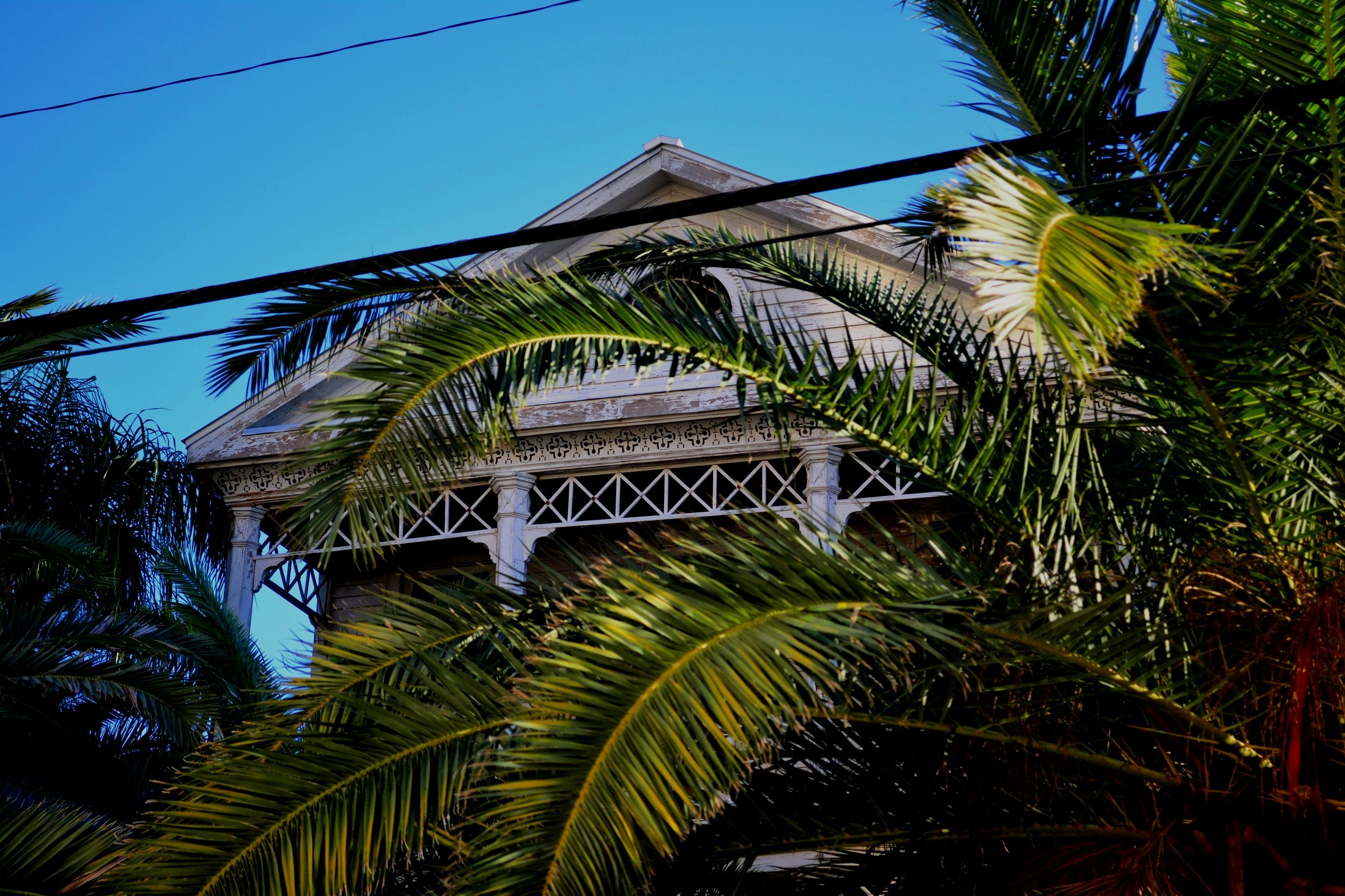
The Streets with Galveston Unscripted
Explore the beautiful Victorian-era architecture and rich history of Galveston's East End Historic District. Walk the neighborhood and discover the stories behind these houses, landmarks, and philanthropy that shape the area.
Galveston, Texas, is a city steeped in history and culture. One of its most notable areas is the East End Historic District. This neighborhood is home to some of the most beautiful Victorian-era architecture in the city, and it's easy to see why so many people are drawn to it. Here are a few things we discover in our walk around Galveston’s East End Historic District and the East end of the Downtown Historic District.
The Victorian-era architecture in the East End Historic District resulted from a disaster: In 1885, a massive fire broke out on 16th and Strand and started spreading south towards the beach. The fire destroyed over 40 city blocks and over 500 homes, but it paved the way for the beautiful Victorian architecture we see today. After the fire, the wealthy residents of Galveston rebuilt their homes better and more beautiful than before.
The East End Historic District is a diverse neighborhood: While many of the houses in the area are grand and well-maintained, there are also smaller, shotgun-style homes that add to the neighborhood's charm. These homes are a reminder of the diversity of the residents who have lived in the area over the years.
The East End Historic District is home to several notable landmarks, such as the United States Customs House, completed in 1861, right before the Civil War. Also, St. Mary's Basilica, founded in 1847, is the first Catholic church on the island. It has been through epidemics, yellow fever outbreaks, and major hurricanes.
Henry Rosenberg, a philanthropist, had a significant impact on the island: Rosenberg was a wealthy businessman who loved Galveston and Texas so much that when he died in the 1890s, he left tons of money for public services around Galveston and even the state of Texas. One of the things he left money for was water fountains or wells all around the island. Rosenberg's legacy can still be seen in the form of fountains around the downtown area: If you're up and down 21st street in the downtown area, you'll definitely see at least three of the Rosenberg fountains. These fountains are a reminder of the philanthropy and generosity of Henry Rosenberg and the impact he had on the island.
The East End Historic District in Galveston is a must-see for anyone interested in history, architecture, and culture. The neighborhood is home to some of the most beautiful Victorian-era architecture in the city, and it's a great place to explore on foot. With its diverse housing styles and rich history, the East End Historic District is a treasure trove of interesting facts and stories.
